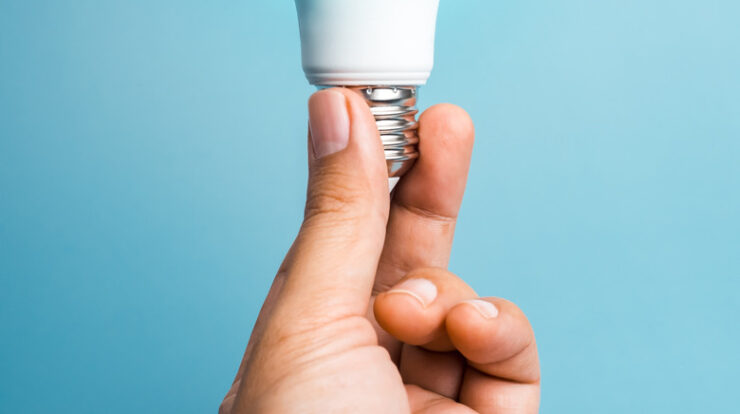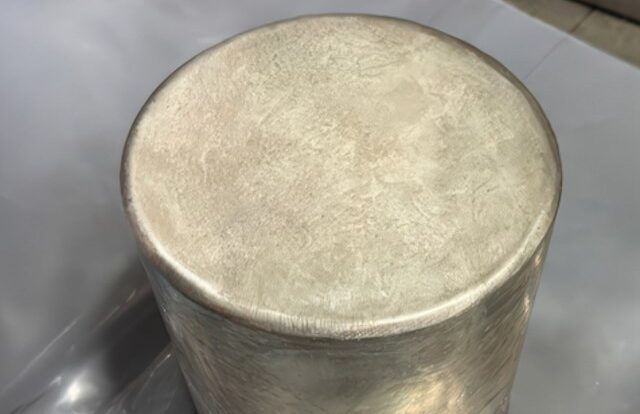
The chemicals present in furniture and kids’ toys might affect how well you rest at night. Recent studies indicate that substances concealed within plastics can disrupt your natural sleep-wake cycle, potentially shifting your internal timing mechanism back by about 17 minutes. Consequently, this disruption could elevate the likelihood of encountering sleeping issues and various medical conditions, including diabetes and certain types of cancer.
Your body’s internal timer, known as the circadian rhythm, regulates your sleep-wake schedule. As stated
the Sleep Foundation
, it runs a little over 24 hours. This means that, in order to keep time with the Earth’s rotation, it has to adjust between 12 and 18 minutes a day – a feat it achieves by adhering to environmental cues called “zeitgebers”, which translates to “timekeepers” in German.
Light (or darkness) serves as the main Zeitgeber, but activities like exercise and meal times also have an influence. This is why experts recommend avoiding certain behaviors.
drinking coffee before bed
Why does the time of day matter when you exercise?
may help negate effects of jet lag
and why
Napping could potentially turn out to be a poor choice.
.
In this study, scientists obtained substances from a PVC medical feeding tube and a polyurethane hydration pouch (commonly used by hikers, runners, and cyclists) and observed their impact on human cells. The investigation was conducted in vitro, indicating that the tests were carried out in laboratory conditions using microscopic methods rather than within a live subject.
The scientists were specifically intrigued by how the chemicals influenced the adenosine receptor, which is a type of G protein-coupled receptor tasked with transmitting signals that manage the body’s internal clock. Essentially, this receptor instructs the body when to rise.
They discovered that exposure to these chemicals impairs the receptor’s capacity to transmit signals once activated. This leads to a lag that can disturb the internal circadian rhythm by 9 to 17 minutes, varying with the amount of chemical exposure. According to the researchers, although both substances ultimately keep individuals alert, chemicals have an impact similar to caffeine; whereas caffeine works by blocking the receptor, these chemicals activate it instead.
Speaking to
The Guardian
The study’s lead researcher, Martin Wagner—a professor of biology at the Norwegian University of Science and Technology—stated that although the impacts aren’t as potent as those from caffeine found in coffee, their influence on cellular functions happens more rapidly compared to how quickly coffee affects hormone levels. Despite uncertainty regarding the complete scope of these chemical influences, he suggested they might still have notable consequences. “It may seem minor since it only amounts to about 15 minutes, yet considering our body’s precise circadian rhythms, this adjustment can indeed be considerable,” he explained.
the British paper
.
Additional research is necessary to fully comprehend how plastics affect our internal biological rhythms and identify the specific compounds responsible. The study cited utilized plastic extracts; this approach represents “the maximum potential leaching of chemicals,” as noted by the researchers. However, it is established knowledge that certain chemicals from plastics can
regularly leach
into their surroundings even under their intended usage. And while in vitro studies can offer a reliable proxy for what occurs in vivo, future studies are needed to determine whether the findings reflect the effect of real-world exposure to the chemicals in plastics.
The authors say their work contributes to an ever-growing body of evidence that shows plastics contain compounds that have
a toxic effect
In our bodies. There has been a rise in occurrences of
cancer
,
obesity
and
diabetes
Along with reduced immune function and issues affecting reproduction and development have already been observed.
linked
to plastic use.
“A fundamental shift in the design and production of plastics is essential to ensure their safety,” the authors
write
By decreasing the quantity and risks associated with chemicals used in plastics, we can reduce exposure levels and mitigate their effects on public health.
The research is featured in the journal
Environmental International
.






